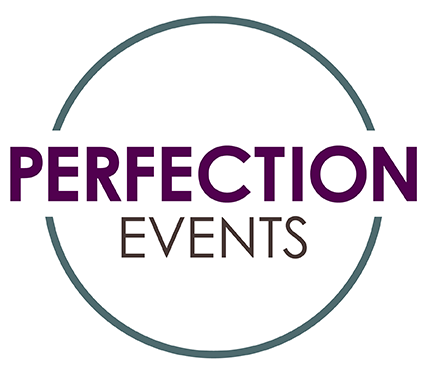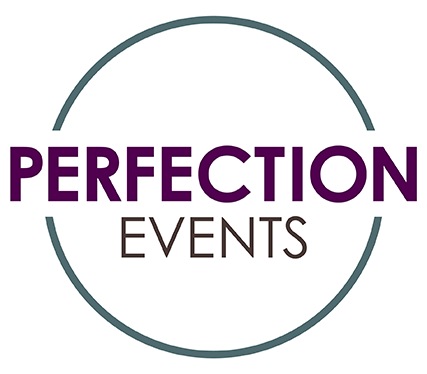
Is there that big of a difference between 999 and 1,000 attendees?
Sure it’s technically only one extra person, but when you are planning a meeting or conference where your attendees will be in the thousands and not the hundreds, things change and there is a brand-new layer of complexity that has to be factored into all of your planning.
Everything Takes More Time
And we mean everything. Thousands of people just don’t move quickly, and it’s not because they don’t want to. The reality is that you just can’t move thousands of people on a whim; it takes careful movement and route planning, and a realistic estimate of how long the movement will take. Let’s look at just 2 scenarios where timing comes into play:
Group Transfers
When planning to transfer the group, getting thousands of attendees into vehicles and then getting all of those vehicles to a venue takes time and careful orchestration with your transportation provider. Planning to have your meeting end at 5:30 and your reception to start in another location at 6:00 is a recipe for disaster. Your ground transportation partner will be your best resource to estimate accurate loading, travel, and unloading time to help you design a realistic agenda.
Meeting Agenda
Just like moving thousands of people in vehicles takes time, moving that same group of people through a meeting venue also takes time. The difficult part is that while your timing needs to be concise down to the minute, you must also allow for the natural traffic jams that will occur with so many people in one space. Designing your agenda to take these factors into considering is critical.
Let’s say you need to have thousands of people in-seats and ready for a general session that begins at 9:00 am. Realistically, this means your doors typically need to be opened at no later than 8:30 am (make sure your presenters wrap any last-minute rehearsals by 8:00 am too!).
And then, what about when that session ends and people need to move into breakout sessions? If your agenda allows just 5 or 10 minutes between sessions, it will only serve to immediately put you behind schedule before you even start. A safer bet is to allow at least 15-20 minutes between sessions to give attendees adequate time to move, without requiring them to be world-class sprinters.
No Such Thing As a 15 Minute Coffee Break
Everything takes more time, right? Yes, even your meeting breaks. There are many meetings where a 15 coffee break is completely reasonable. But, with thousands of people, your meeting breaks automatically have to have at least 30 minutes on the agenda.
Far Beyond A Simple Stage and Chairs
You have one room (a giant size room!) where you have one stage with one keynote speaker, and thousands of people in that room need to be able to see and hear that speaker. Your stage and AV design just got complex. Your AV partner should be experienced in groups as large as yours and can help you design an effective set that takes into account a larger and higher stage, good sight lines, a production team that understands sound quality in a large space, etc.
CAD drawings are a must when you are dealing with a group of this size. It can be considered overkill when you have just a couple hundred people in a ballroom, but when you have to account for the volume of people and equipment needed to support a group that numbers in the thousands, this is a crucial step that can’t be missed.
More People Doesn’t Just Mean Ordering More Food
Ok, yes, you do have to order more food, but food and beverage planning for thousands of people goes far beyond the number of people on your BEO. Here are just a few of the things you need to add into your planning:
- Special meals – with thousands of attendees, you may end up with hundreds of special meal requests. During your planning cycle, schedule time to develop an effective process with your venue and then identify how you will communicate that plan to the applicable attendees.
- Effective budgeting – just because your line-item for F&B is $2m, it doesn’t mean you won’t have the same struggles that you do when your budget is $20k. It’s all relative, but with a multi-million F&B budget, you have significantly more leverage and opportunities to be creative and save.
- Timing – whether you are having a sit-down dinner or a buffet for your thousands of attendees, both will require accurate estimates of timing so that all guests are served in the same general window of time. This will require careful, minute-by-minute planning with your venue.
Putting Plans into Action
We just wrapped up a program with thousands of attendees, so these tips and tricks came from our own real experiences over the past several months. We’ll report back soon about how our plans stacked up in real-life!
Image courtesy of CMSeter

